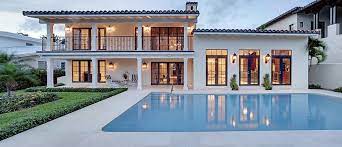Home is more than just a physical space; it is a sanctuary where memories are made, and lives unfold. The concept of House goes beyond the bricks and mortar that form its structure; it encapsulates the warmth, comfort, and sense of belonging that permeate its walls. In this article, we will explore the multifaceted nature of home, delving into its emotional, psychological, and cultural dimensions.
The Physical Space:
At its most fundamental level, home is a physical space—a shelter that protects us from the elements and provides a backdrop for our daily lives. From cozy cottages to modern high-rises, the architecture and design of a home play a crucial role in shaping the experiences of its inhabitants. Spaces that are thoughtfully designed can enhance well-being, foster creativity, and promote a sense of order and calm.
Beyond the tangible elements, the décor and personal touches within a home contribute to its unique character. Family photographs, cherished mementos, and carefully chosen furnishings transform a house into a personalized haven. These elements not only reflect the personality of the occupants but also serve as a constant reminder of the relationships and experiences that define a home.
Emotional and Psychological Dimensions:
Home is a place where emotions are lived, expressed, and shared. It is a safe space where individuals can be their authentic selves, free from the judgments of the outside world. The emotional resonance of home is often tied to the relationships within it—a place where families grow, friends gather, and love flourishes.
